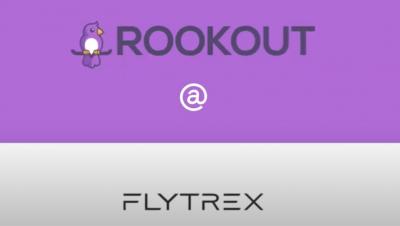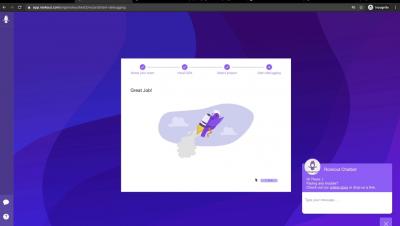Developer Tooling for Kubernetes in 2021 - Docker, BuildKit, Buildpacks, Jib, and Kaniko (Part 4)
Over the last few blog posts, I have covered critical elements of developer tooling for Kubernetes and how things are looking in 2021. As we continue to dive into that discussion, we must not forget the process of building container images. Of course, most of us create our images by writing Dockerfiles and building them with the Docker engine. And yet, more and more teams are adopting newer alternatives.











